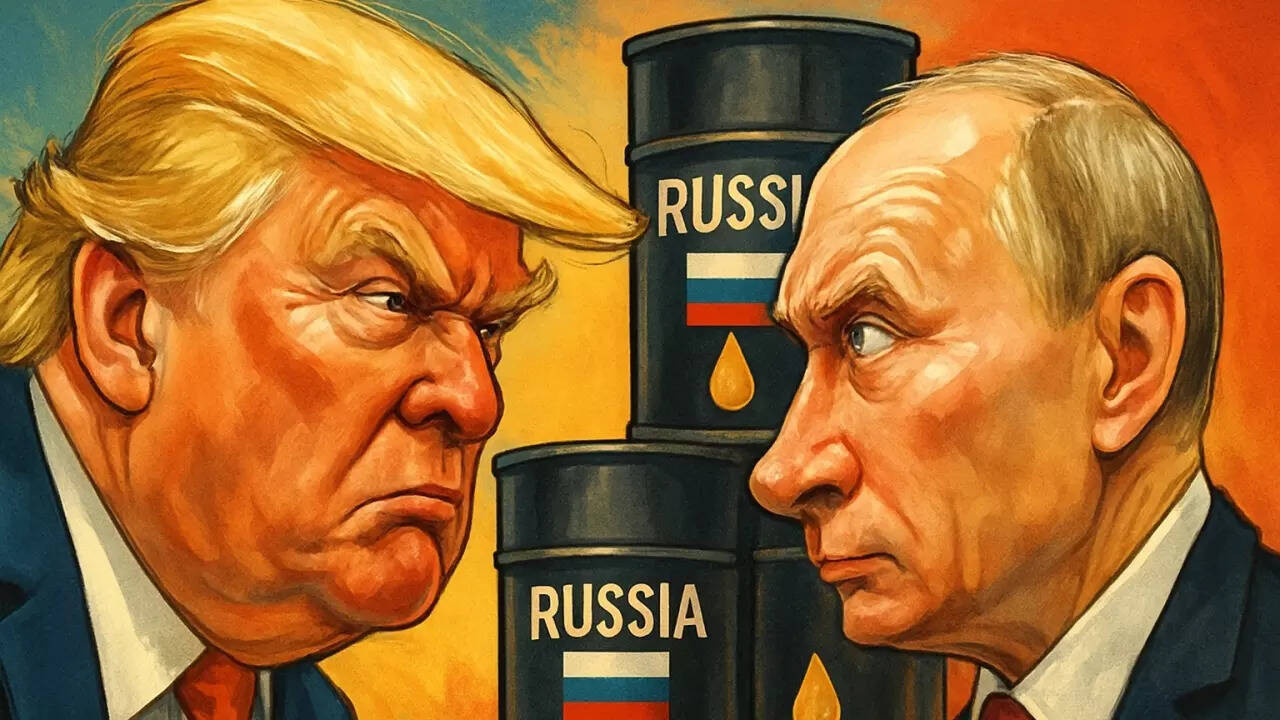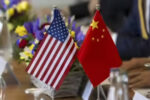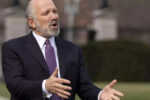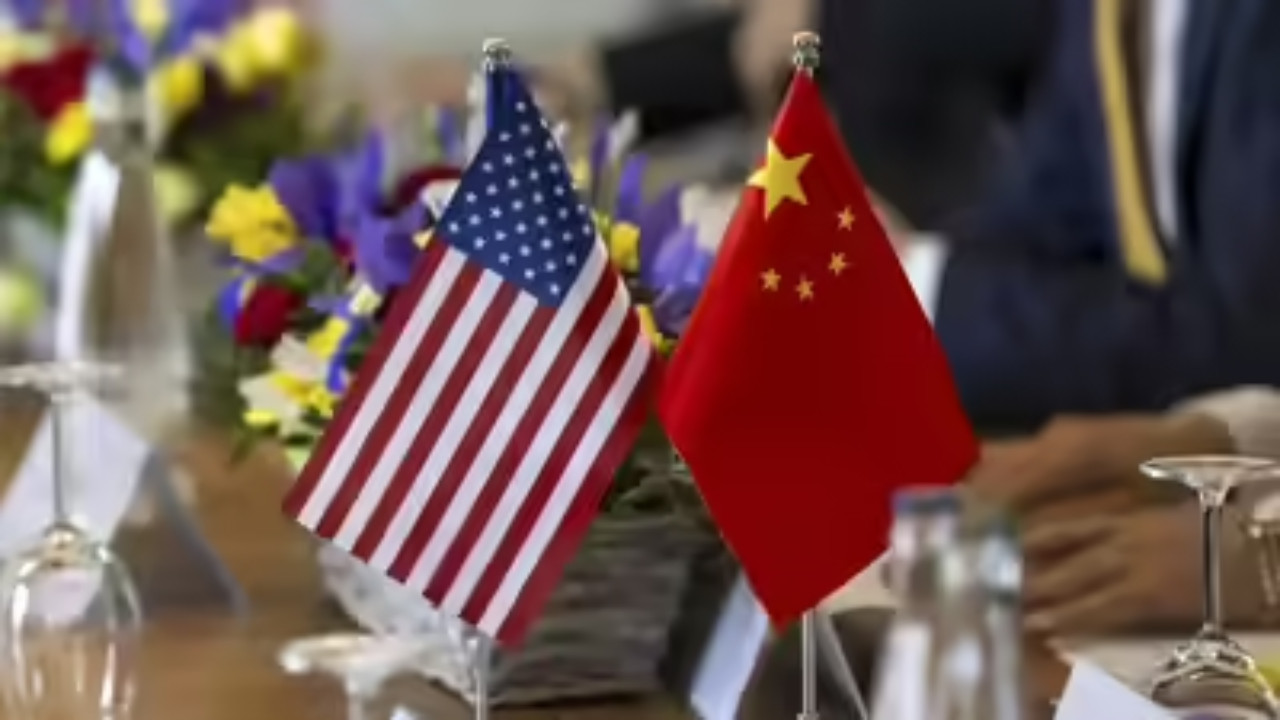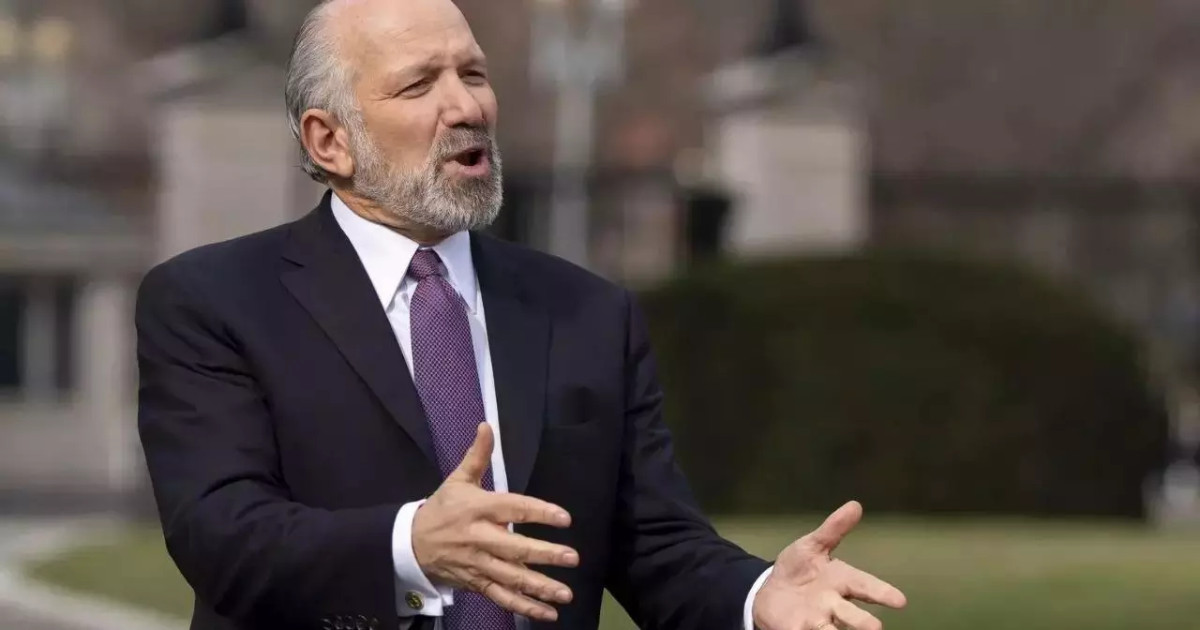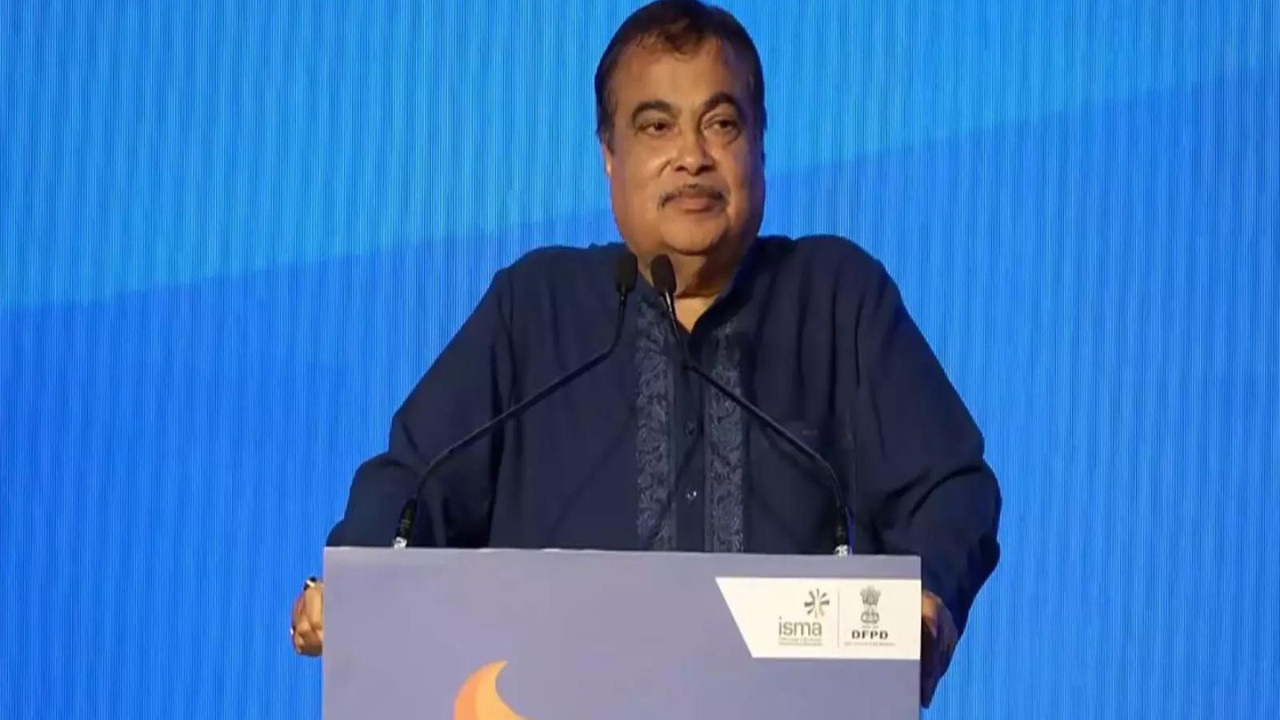Vice President JD Vance indicated that Donald Trump employed aggressive economic measures, including secondary tariffs on India, to pressure Russia into halting its military operations in Ukraine. These measures aimed to diminish Russia’s profits from petroleum exports.
Was Trump’s Trade Tactic with India Really About Ukraine?
Forget textbook economics – sometimes, global finance feels more like a high-stakes poker game. That’s the impression left by recent revelations from JD Vance, a prominent voice in American politics. He suggests that former President Trump’s seemingly aggressive trade policies toward India weren’t just about balancing the books, but a strategic play aimed at squeezing Russia’s war machine in Ukraine. It’s a bold claim, one that throws a whole new light on trade disputes that once felt purely economic.
Vance’s statement suggests a layer of geopolitical maneuvering beneath the tariffs slapped on India. He implies these weren’t simply about leveling the playing field, but about applying indirect pressure on Russia. The thinking, as he presented it, was that by making it more difficult for India to trade with Russia, particularly regarding crucial economic support, the US could effectively tighten the screws on Moscow’s war efforts. Could targeted economic leverage like this actually work?
The idea isn’t as far-fetched as it might seem. India, with its massive economy and growing global influence, has maintained a complex relationship with Russia, especially concerning energy and defense. Cutting off certain avenues of support, even indirectly, could potentially hurt Russia. The controversial Nord Stream 2 pipeline comes to mind, representing Europe’s previous reliance on Russian energy and its use as a political tool. The question then becomes: was India a similar pressure point?
Decoding the Trump Tariffs: More Than Meets the Eye?
For years, economists have debated the effectiveness and fairness of tariffs. Did they really boost American manufacturing, or did they simply raise costs for consumers? Vance’s comments add another dimension to that debate, suggesting these tariffs may have been part of a larger geopolitical strategy. It raises important questions about transparency in trade policy and whether economic tools are appropriate instruments for achieving foreign policy goals. Should trade negotiations be weaponized in this way?
Of course, this perspective isn’t without its critics. Some may argue that such indirect pressure tactics are heavy-handed and could ultimately backfire, damaging relationships with key allies like India. Others might point out that the evidence linking specific tariffs to a tangible impact on Russia’s war effort is circumstantial at best. After all, correlation doesn’t equal causation.
The India-Russia Connection: A Complex Relationship
India’s historical ties with Russia, particularly in defense procurement, add another layer of complexity. While India has diversified its arms purchases in recent years, Russia remains a key supplier. This reliance creates a delicate balancing act for India, navigating its own strategic interests while also responding to pressure from the West. Vance’s narrative casts economic leverage as a tool to subtly influence that balance. It’s a risky game, requiring a deep understanding of regional dynamics and the potential for unintended consequences.

One thing is certain: the situation is nuanced. India’s choices are driven by its own strategic autonomy and economic needs. It’s unlikely that external pressure, however subtly applied, will completely reshape its relationship with Russia. More probable is a gradual evolution, driven by a combination of factors including market forces, geopolitical shifts, and the long-term implications of the conflict in Ukraine.
Looking Ahead: The Future of Trade as a Geopolitical Tool
Vance’s remarks force us to reconsider the narrative around trade policy. Is it solely about economics, or is it increasingly becoming a tool of foreign policy, wielded to achieve strategic objectives beyond simple economic gain? If so, what are the implications for global trade relations? Will we see more instances of tariffs and trade agreements being used as levers in geopolitical power plays? How can nations like the U.S. utilize such tools effectively without alienating allies or disrupting the global economy?
This also ties into the broader discussion about de-dollarization and the search for alternative payment systems to bypass sanctions. Perhaps policies like this accelerate that process? If so, consider how this shift could impact the future global financial system and what implications there might be on nations like China.
The answers to these questions are far from clear, but one thing is certain: the intersection of trade and geopolitics is becoming increasingly complex, and understanding these dynamics is crucial for navigating the challenges of the 21st century. See here for more on the evolving landscape of international trade agreements.
Ultimately, the question of whether Trump’s actions genuinely impacted Russia’s war effort or were primarily driven by other considerations remains open for debate. However, Vance’s comments serve as a potent reminder that in the world of international relations, even seemingly straightforward economic policies can be imbued with layers of strategic intent. The future of economic leverage in shaping geopolitical events warrants continued scrutiny and open discussion.
